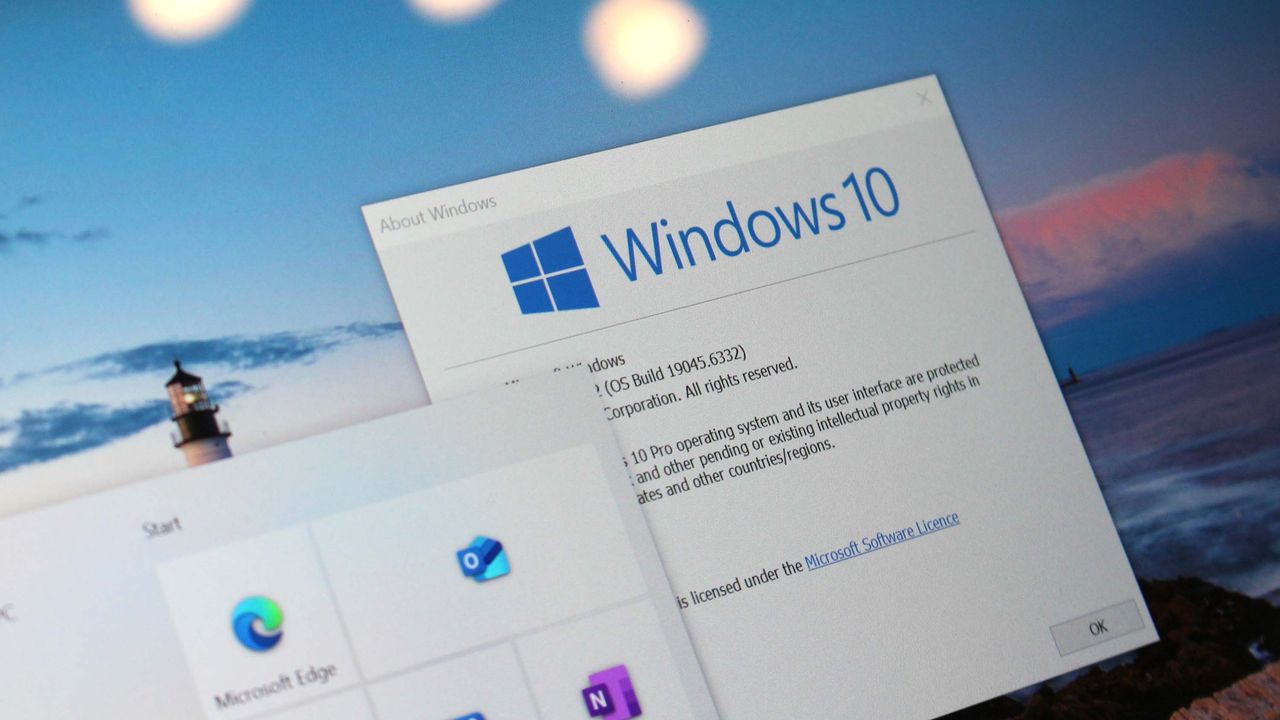
Windows 10 is nearing its end of life. After October 14th, Microsoft will stop providing updates, including important security fixes and bug repairs. If you continue using Windows 10 after that date, your computer will be vulnerable to threats unless you upgrade to a newer version.
This end of support applies to all Windows 10 users, no matter which version they have – Home, Pro, or Enterprise.
Fortunately, you can still keep your Windows 10 PC safe after October 14th. Microsoft is offering extended security updates (ESU) that will provide security updates for an additional year, protecting consumers until October 2026.
This program is essential to keep your Windows 10 computer safe and protected. Without it, your PC could be exposed to newly discovered security flaws after October 14th. While the program itself is free, you’ll need to complete a registration process to start using it.
This article covers what happens when Windows 10 is no longer supported, and how to stay safe. We’ll explain your choices for continuing to use Windows 10, or switching to a different operating system. It’s best to decide what you’ll do before October 14th to keep your computer running smoothly and securely.
How to prepare for Windows 10’s End of Life
Microsoft is offering a program that lets you keep receiving security updates for Windows 10 for an extra year after October 2025. You can get it for free by signing in with your Microsoft account and backing up your PC settings to the cloud. If you prefer, you can also pay $30 or use 1,000 Microsoft Rewards points.
If you’re in the European Economic Area, this program is free and doesn’t require you to save your PC settings online. However, to stay enrolled, Microsoft asks that you sign in with your Microsoft account at least once every 60 days. If you don’t, you’ll be removed from the program and won’t receive security updates anymore.
While the Extended Security Updates program is one way to stay protected, you have other options, including free solutions or simply buying a new computer. Here’s a breakdown of your choices once Windows 10 is no longer supported, along with our advice if you decide to invest in a solution.
What does EOL mean?
In business, “EOL” stands for “End of Life.” It means a company has stopped supporting an older product, usually because it’s been replaced by a newer version. This is often done to save money when a product becomes outdated and other options are available.
When a PC reaches its ‘end of life,’ it doesn’t instantly break down. Instead, it means the manufacturer will no longer provide free updates and support.
With Microsoft ending support for Windows 10, devices still using it won’t receive important security updates, bug fixes, or performance improvements. This is a major change for the hundreds of millions of people who still use Windows 10, and many are questioning whether Microsoft is ending support too quickly.
Windows 11 is Microsoft’s latest operating system, offering a refreshed look and improved security, but it requires more powerful hardware. Since HP and Dell estimate about half of all computers are still running Windows 10, upgrading everyone won’t happen quickly. To help with this transition, Microsoft offers Extended Security Updates (ESU)-a paid service (or one you can sometimes get with rewards points) that provides an additional 12 months of important security fixes. While it’s not a permanent solution, some consider it a temporary fix. However, ESU could be a helpful option for small businesses and users on a budget, giving them time to save for new hardware or fully upgrade to Windows 11.
The main issue isn’t just that Windows 10 will stop being supported, but that users have limited say in when they upgrade. Microsoft pushes forward with its operating system updates regardless of whether everyone is prepared, and while Apple does something similar, Microsoft’s widespread use of Windows makes it a bigger concern for consumer advocates.
Time is running out, so it’s best to start planning your next move now, before the October 2025 deadline creates a potential risk.
Are there any alternatives to Windows 10?
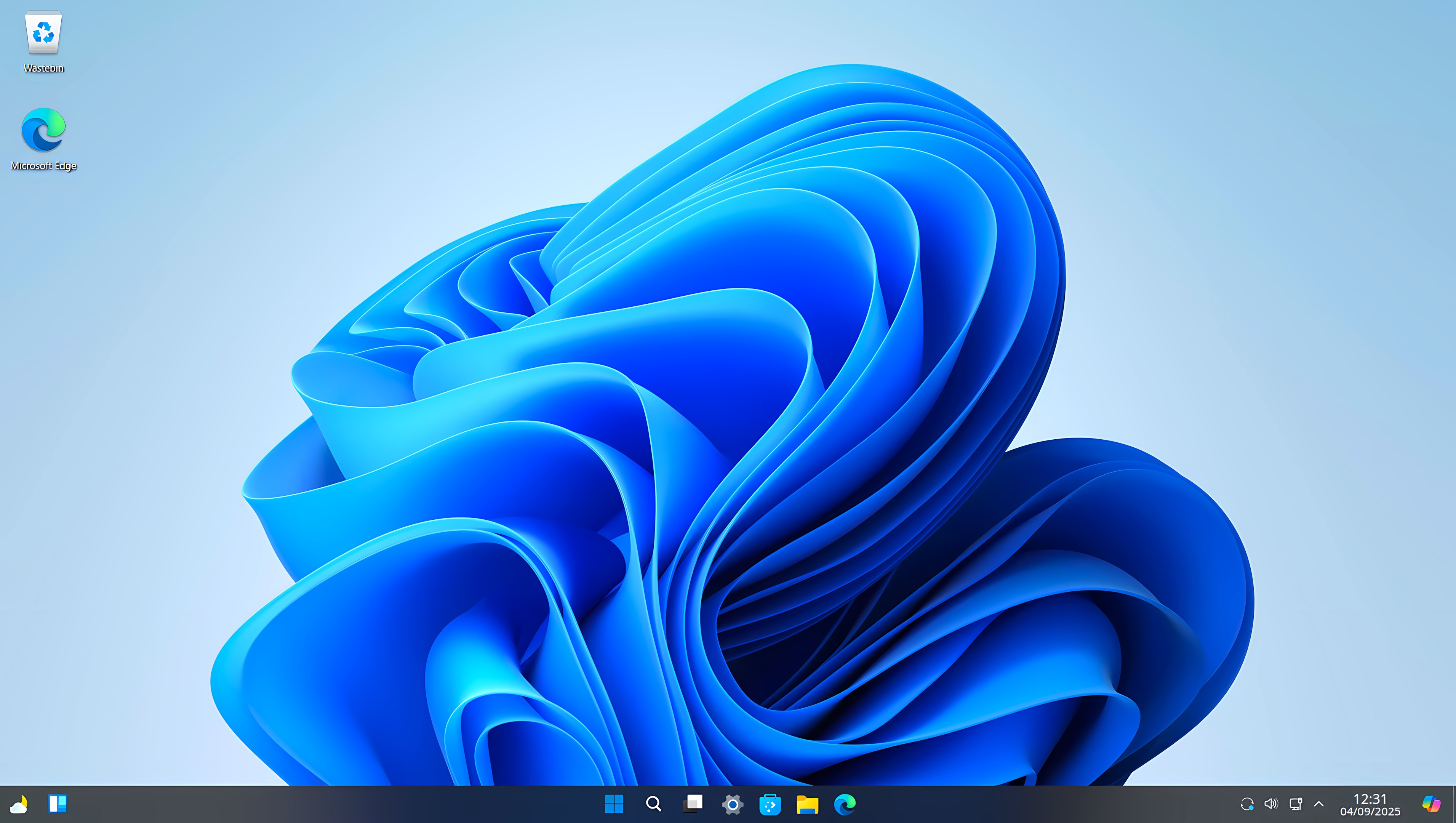
If you’re considering moving beyond Windows 10, upgrading to Windows 11 is an option, but your computer needs to meet certain requirements. Specifically, it needs a security chip called a TPM 2.0. This chip adds an extra layer of hardware-based security. Many computers already include a TPM, so you might not need to worry about it.
Even if your computer doesn’t meet the requirements, you might still be able to install Windows 11, but success isn’t guaranteed. Microsoft doesn’t recommend this, as they still require TPM 2.0. If you’re not comfortable with these workarounds, or prefer to stay on Windows 10, that’s also a valid option.
WINUX closely resembles Windows 11, and the similarity goes beyond just the background image and taskbar arrangement.
Richard Devine, Windows Central Managing Editor
It’s surprisingly easy to replace Windows 10 or 11 on your computer with another operating system, such as Linux or ChromeOS (the system used on Chromebooks). You don’t need to be a tech expert to do it.
WINUX, a new and free Linux operating system, recently became available. It’s designed to feel familiar to Windows users, with a desktop and interface that closely resemble Microsoft’s operating system. After testing it, we found WINUX to be the most convincing Linux alternative for those used to Windows.
You can find installation instructions for Linux distributions or ChromeOS on their official websites. Generally, the process isn’t complicated and usually only needs a standard USB drive made bootable.
Upgrading your PC: Our top recommendations
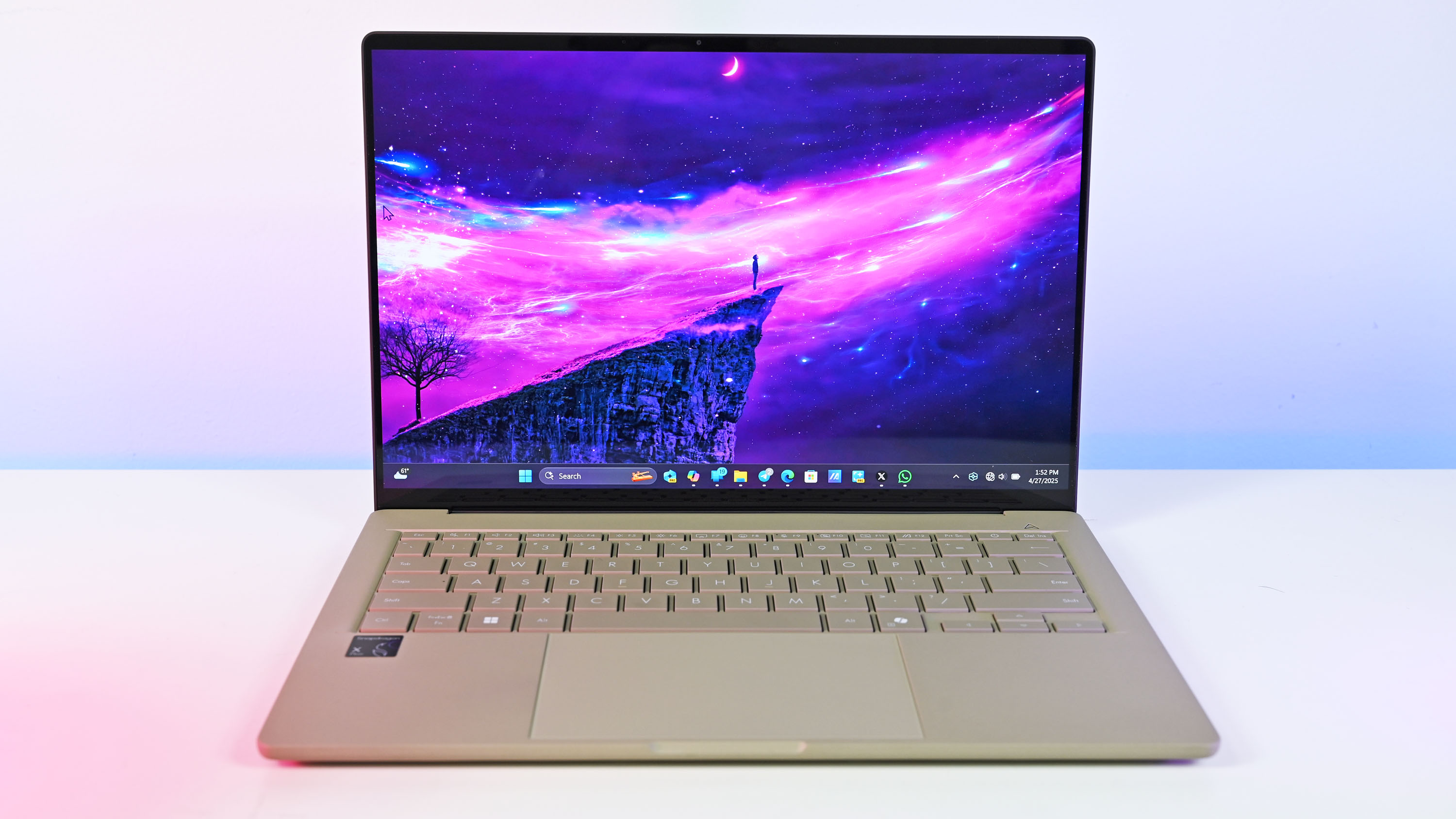
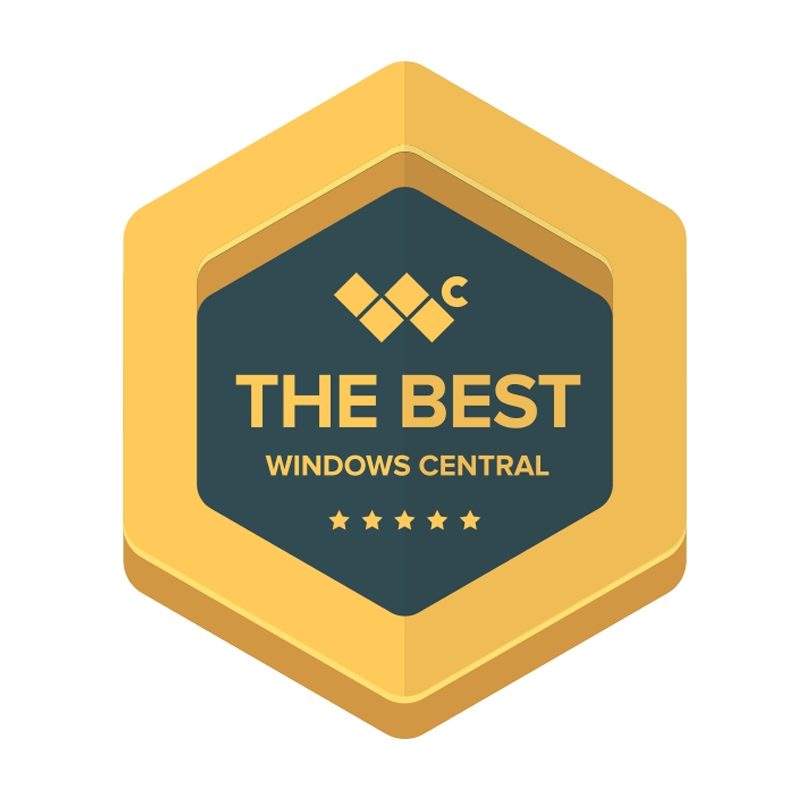
A reliable way to handle the end of Windows 10 support is to purchase a new computer. While this isn’t the cheapest solution, we’ve found that some of the best Windows laptops are also surprisingly affordable.
The ASUS Zenbook A14 (2025) is a lightweight 14-inch laptop available at Amazon for around $879. It boasts exceptional battery life thanks to its efficient Qualcomm Snapdragon X processor. Plus, it features a stunning OLED display – an area where ASUS really shines – making it a great value for a Windows 11 laptop under $1,000.
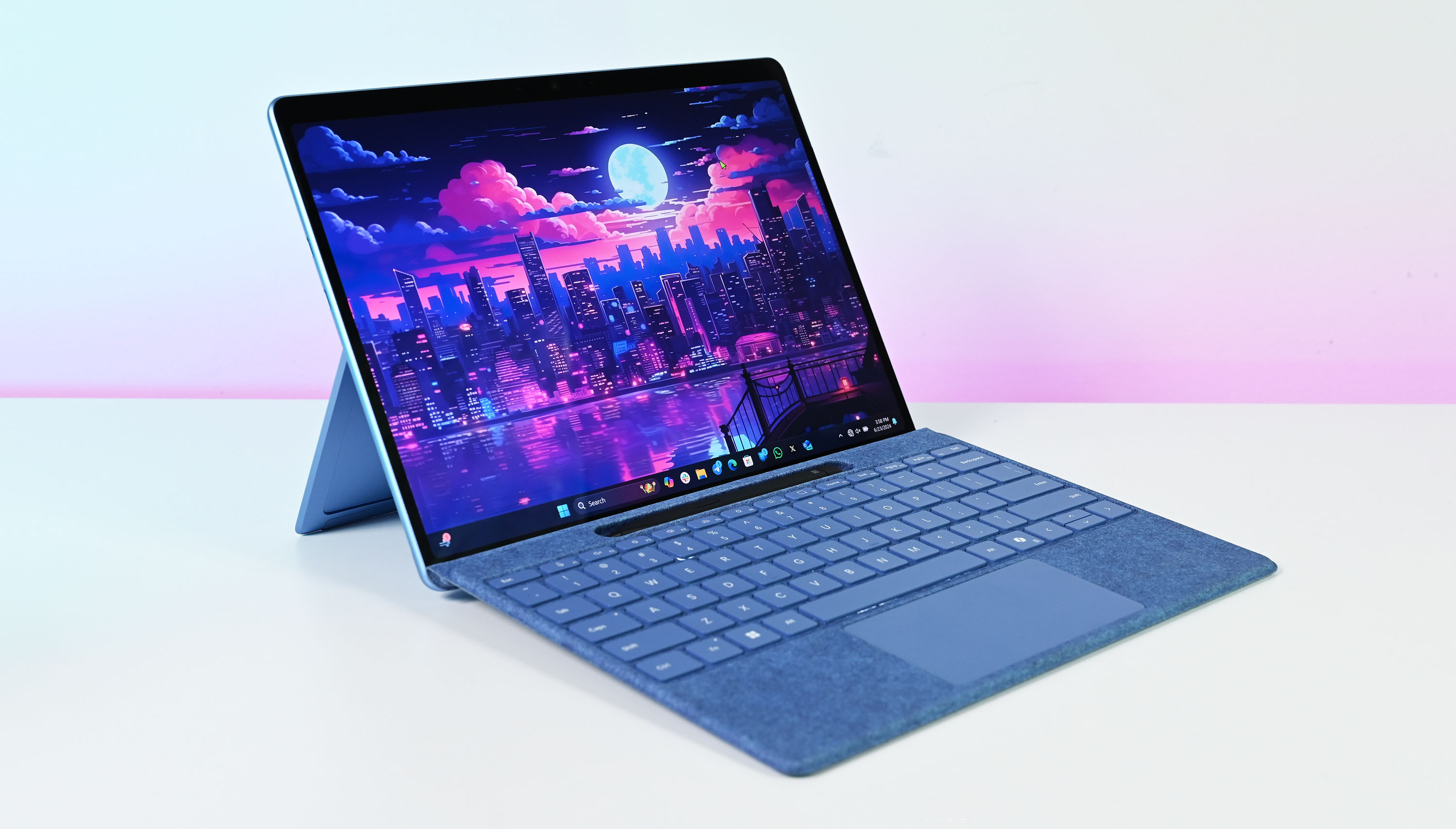
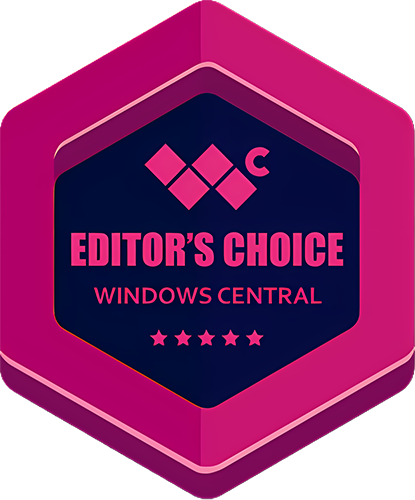
The Microsoft Surface Pro 11 is a premium 2-in-1 laptop powered by a powerful Snapdragon X Elite chip. It typically costs around $1,399.99 at Amazon and offers full support for Windows 11. The device features a beautiful 120Hz OLED touchscreen that works well whether you’re using it as a tablet or with the optional detachable keyboard.
10 years of Windows 10: How did we get here?
Windows 10 was the world’s most-used operating system for almost ten years, but Windows 11 became more popular earlier this year. While a decade of support is typical for operating systems, this situation is unusual because so many computers may not be able to upgrade to Windows 11 due to its system requirements.
We’ll keep this page current with updates until October 14, 2025, and for a short time afterward if needed. We don’t anticipate any changes to Microsoft’s policies, and continuing with the Extended Security Update (ESU) program will probably be the best way to keep using Windows 10.

Stay up-to-date with the latest from Windows Central by following us on Google News! You’ll get all our news, insights, and features right in your feed.
Read More
- Silver Rate Forecast
- How To Watch Under The Bridge And Stream Every Episode Of This Shocking True Crime Series Free From Anywhere
- Gold Rate Forecast
- BrokenLore: Ascend is a New Entry in the Horror Franchise, Announced for PC and PS5
- 🚀 XRP to $50K? More Like a Unicorn Riding a Rainbow! 🌈
- South Park Creators Confirm They Won’t Be Getting Rid of Trump Anytime Soon
- Get rid of the BBC? Careful what you wish for…
- Britney Spears’ Ex Kevin Federline Argues Against Fans’ Claims About His Tell-All’s Effect On Her And Sons’ Relationship
- 7 1990s Sci-fi Movies You Forgot Were Awesome
- Sony to Stimulate Japanese PS5 Sales with Cheaper, Region-Locked Model
2025-10-04 12:41